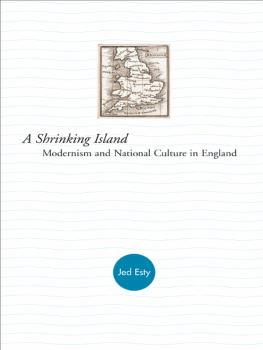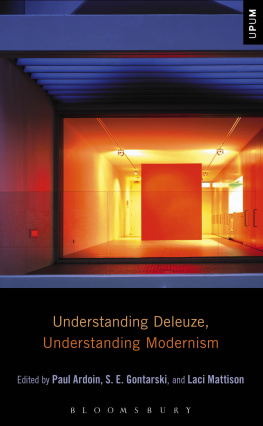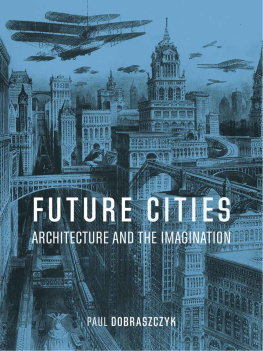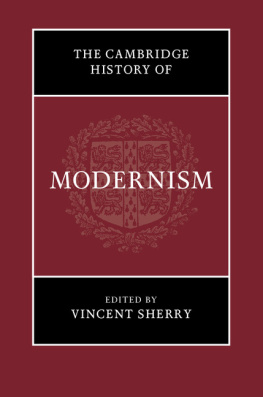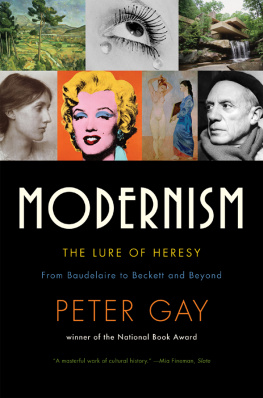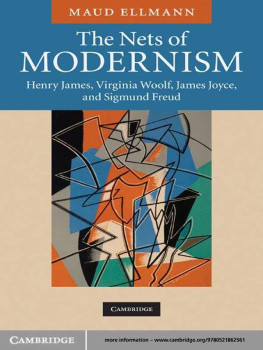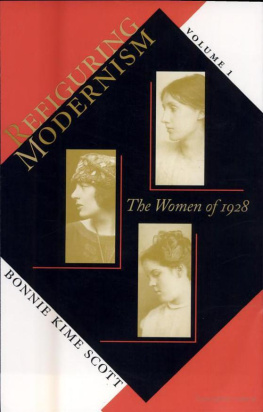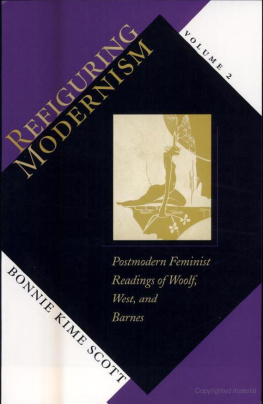The Vertical Imagination and the Crisis of Transatlantic Modernism

Great Clarendon Street, Oxford, OX2 6DP, United Kingdom
Oxford University Press is a department of the University of Oxford. It furthers the Universitys objective of excellence in research, scholarship, and education by publishing worldwide. Oxford is a registered trade mark of Oxford University Press in the UK and in certain other countries
Paul Haacke 2021
The moral rights of the author have been asserted
First Edition published in 2021
Impression: 1
All rights reserved. No part of this publication may be reproduced, stored in a retrieval system, or transmitted, in any form or by any means, without the prior permission in writing of Oxford University Press, or as expressly permitted by law, by licence or under terms agreed with the appropriate reprographics rights organization. Enquiries concerning reproduction outside the scope of the above should be sent to the Rights Department, Oxford University Press, at the address above
You must not circulate this work in any other form and you must impose this same condition on any acquirer
Published in the United States of America by Oxford University Press
198 Madison Avenue, New York, NY 10016, United States of America
British Library Cataloguing in Publication Data
Data available
Library of Congress Control Number: 2021930518
ISBN 9780198851448
ebook ISBN 9780192592170
DOI: 10.1093/oso/9780198851448.001.0001
Printed and bound by CPI Group (UK) Ltd, Croydon, CR0 4YY
Links to third party websites are provided by Oxford in good faith and for information only. Oxford disclaims any responsibility for the materials contained in any third party website referenced in this work.
Contents
Perhaps it is because of the persistent power of the vertical imagination that its radical transformation since the turn of the twentieth century has failed to garner much sustained analysis or focused critique. Indeed, much like ideology at large, vertical images, conceptions, and fantasies of the world are more often taken for granted, exalted, or feared than carefully examined or questioned. And so, let us begin by asking directly: What is the vertical imagination? Why did it become pivotal for the rise and fall of transatlantic modernism, and how does it remain central to discourses of aspiration, catastrophe, and power to this day?
In order to address these questions, as well as many more that will come up in the following chapters, it helps to consider both modernism and verticalism as discourses, the former more overtly temporal and the latter more spatial, and to recognize that, like any discourse, they are both inseparable from social and ideological forms of power. Lets start with the discourse of Verticalism, which presumably dates back to pre-historic times, and indulge in some broad philological investigations if only to estrange ourselves from otherwise common words and assumptions that will remain at stake throughout this study.
Most basically, of course, distinctions between high and low derive from our earthbound perception of gravity, which is what determines our sense of the ground under our feet and the sky over our heads in the first place. It is also what makes us imagine the sun rising in the east and setting in the west even if we otherwise know that our planet is turning around its star rather than the other way around. For while there is no such thing as up and down in outer space, this embodied, geocentric understanding of the world around us is so fundamental to our everyday lives that most of us presuppose it as natural or given. Even the word existence derives from the Latin sistere, to cause to stand. In turn, from the Latin stare, and even further back, the Proto-Indo-European root *st, meaning simply to stand, we get such related words as stature, status, and standard, as well as somewhat less obvious ones like stage, stanza, stem, assist, resist, institution, destination, and destiny (not to mention the Spanish and Portuguese estar and the German stehen, among many other examples from various different languages). Perhaps this linguistic emphasis on upright positioning shouldnt be all that surprising, since babies typically learn to bounce, sit up, crawl, and sometimes even stand on two feet before learning to speak. Of course, many of us continue to struggle with the challenges of growing up even after reaching full height, including the pursuit of education as a process of achieving hierarchical levels or grades of edification. (Indeed, in French, a student is referred to specifically as an lvethat is, one who pursues a process of elevation.) And just as traditional morality, religious practice, and honor are often imagined as forms of vertical rectitude, the act of asserting ones rights, beliefs, or dignity is typically figured in terms of standing up for oneself or holding ones head high.
Reverence for the cosmic aura of the sky over the tangible ground of the earth is another familiar justification for the valorization of the high or elevated over the low or base, and comparable images of bright heavens and dark underworlds are evident across many otherwise very different cultures throughout history. In Platonic philosophy, for instance, the ideal forms of truth and goodness are associated with the enlightening power of the Sun in contrast to the deceptive shadows of the Cave, while in much of Christian thought, they may be found in the trinity of God, the Father, and the Holy Ghost, which transcends the earthly plane of mortals in the kingdom of heaven in opposition to the fallen angel Satan, who dwells down below in the infernal pits of hell. In the fields of aesthetics and rhetoric, appeals to the idea of the sublime may be traced back to Longinus ancient Greek treatise on the concept of the huper (over, above, beyond), which was translated into sixteenth-century French via the Latin sublimis (meaning below the threshold, but often imagined as something more like up to the limit).
And yet it is often the earth rather than the sky that is considered a source of life in many belief systemsif not also its ultimate destiny. In the biblical book of Genesis, for instance, God creates earth and heaven at the same time while hovering in a spiritual form of breath or wind (ruach in Hebrew), and although the earth is at first empty and dark, it is from the soil that the first human is formed, and it is to dust that humanity must inevitably return. By comparison, as I consider toward the end of my fifth chapter, Ancestral Puebloan creation stories from the American Southwest revolve around a subterranean place of Emergence, where a womb-like or umbilical portal (sometimes called a Shipap) enabled a process of upward climbing or evolutionary growth from multiple underground worlds to the upper world we inhabit in human form today. And as I discuss throughout this study, fantasies of height, flight, and aspirational striving have long been counter-balanced by cautionary tales of over-reaching ambition, precipitous excess, and tragic downfall. For those drawing from ancient Greek or biblical traditions, familiar examples include the irrational exuberance of Icarus, the perpetual punishment of Sisyphus, and the vain hubris behind the attempt to build the Tower of Babel. As these stories suggest, human achievement (from the French



